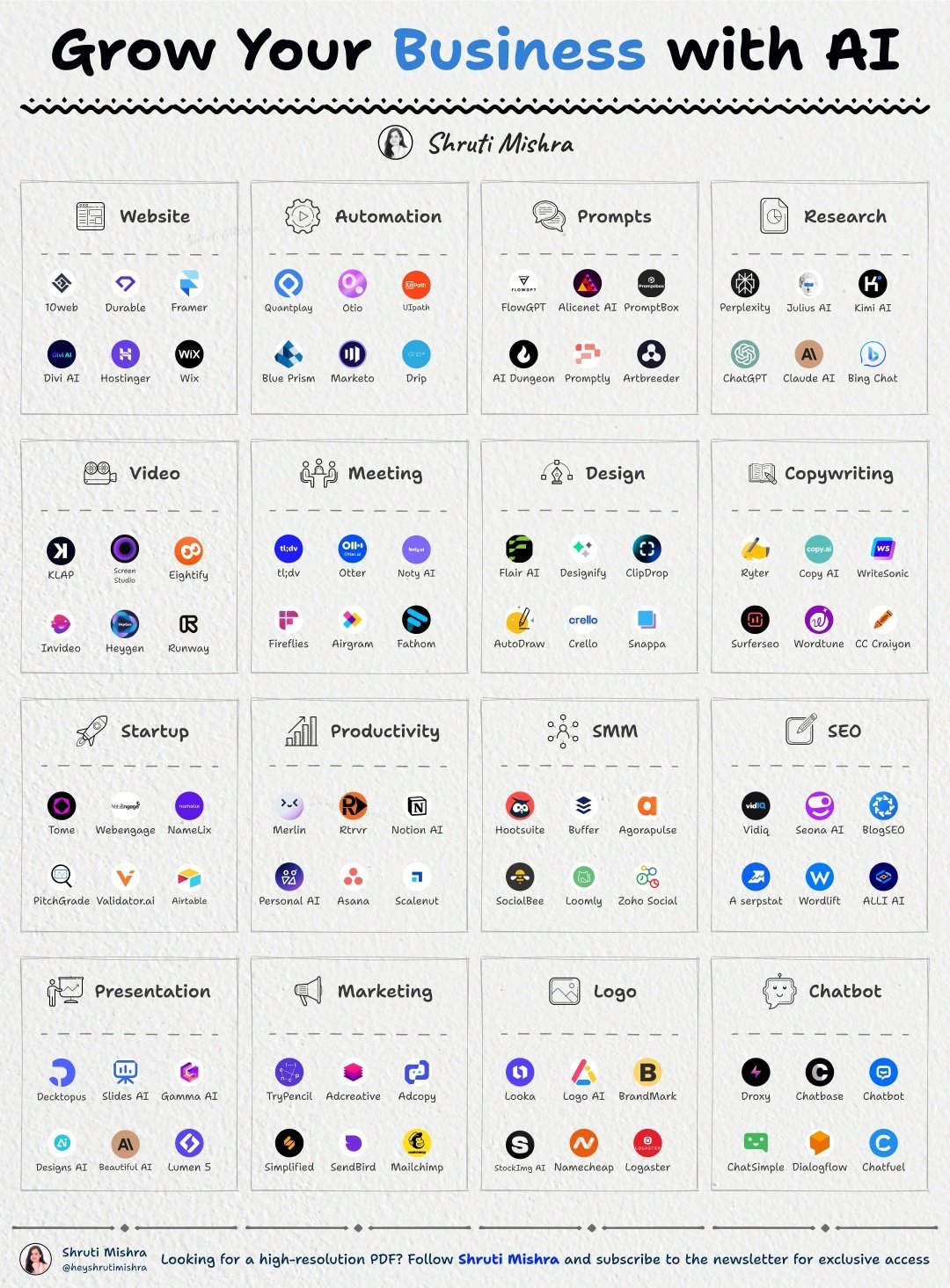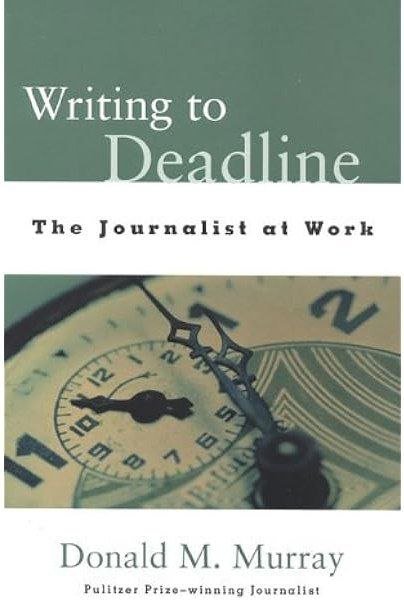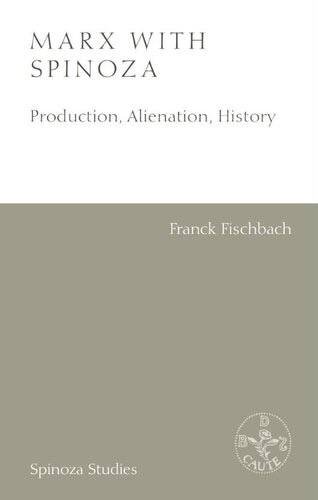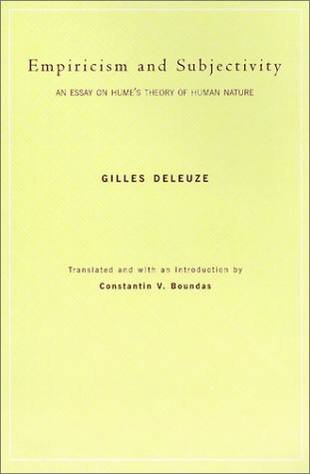
Advanced English Everyday
Private Book Reader
Upload and read your personal PDF books in our secure reader
Read Your Private BookShort Audio Book Summary
Advanced English Everyday Summary
0:00 / 0:00Reviews
No review yet. Be the first to review this book!
Description
1. Advanced Language Structures: The resource would likely delve into more complex grammar structures, including intricate sentence patterns, subordinate clauses, and advanced verb forms. Learners would be guided on using these structures effectively in everyday conversation and writing. 2. Vocabulary Expansion: The focus would be on expanding vocabulary beyond basic words and phrases to include more sophisticated and nuanced language. This might involve learning synonyms, antonyms, idiomatic expressions, and academic vocabulary relevant to various contexts. 3. Idiomatic Language and Colloquialisms: Learners would be introduced to idiomatic expressions, colloquialisms, and slang commonly used in informal English conversation. This would help learners sound more natural and fluent in everyday communication. 4. Cultural Awareness and Nuance: The resource may emphasize cultural nuances and variations in language use, helping learners understand the subtleties of communication in different English-speaking contexts. This could include topics such as regional dialects, cultural references, and social etiquette. 5. Listening and Speaking Practice: Activities and exercises would focus on improving listening comprehension skills and spoken communication abilities. Learners may engage in role-plays, discussions, debates, and presentations to practice using advanced English in real-life situations. 6. Reading and Writing Skills: The resource would likely include reading passages and writing tasks that challenge learners to analyze complex texts, express opinions, and develop coherent arguments. Emphasis may be placed on critical thinking, analysis, and synthesis of information. 7. Professional and Academic English: For learners aiming to use English in professional or academic settings, the resource may provide guidance on formal writing styles, business communication, academic writing conventions, and presentation skills. 8. Authentic Materials: Authentic materials such as articles, podcasts, videos, and interviews would be used to expose learners to real-life language use and provide context for learning advanced English. 9. Feedback and Assessment: Learners would receive feedback on their language production, with opportunities for self-assessment and reflection. This could include peer review, teacher feedback, and self-assessment rubrics. 10. Self-Study Resources: Additional resources such as vocabulary lists, grammar guides, online tools, and recommended readings may be provided to support learners in their self-study efforts. Overall, "Advanced English Everyday" aims to equip learners with the language skills and confidence needed to navigate a wide range of social, professional, and academic situations in English-speaking environments. It provides a bridge between intermediate and proficient levels of English proficiency, helping learners achieve fluency and mastery in everyday communication





















.jpeg)





.jpg)








.jpg)

.jpg)



.jpeg)




.jpg)









.jpg)


.jpeg)

.jpeg)
.jpg)







.png)




.jpg)







.jpeg)


























.png)










